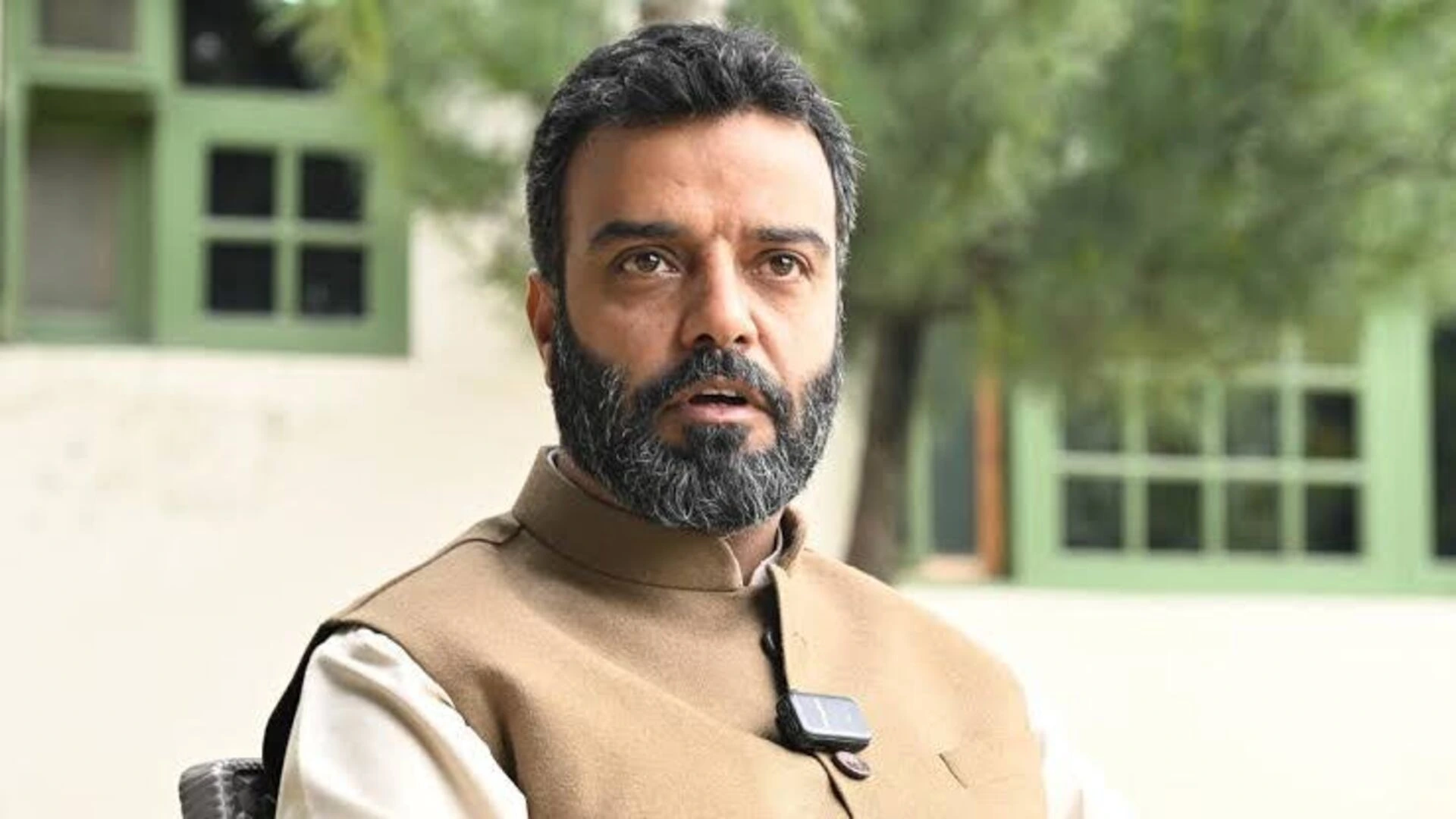In ancient India, kathakars, or master storytellers, performed mythological tales through dance, known as “katha.” This art form, characterized by graceful movements, expressive mudras, intricate footwork called “Tatkar,” and dramatic spins, originally featured male dancers. Over time, especially during the Mughal era, Kathak evolved under the influence of Persian and Central Asian cultures. Women began to perform Kathak, and it gained a new dimension with tawaifs (courtesans) infusing it with sensuality. Today, Kathak has adapted to include contemporary themes and narratives.
Aditi Mangaldas, a renowned Kathak artist, is a leading figure in the dance form. Before her upcoming performance titled Lost…in the Forest at the NCPA’s Jamshed Bhabha Theatre, indianexpress.com interviewed Mangaldas about her journey, her favorite performances, and her views on Kathak’s portrayal in Indian cinema.
Beginning Her Kathak Journey
Mangaldas first encountered Kathak at age five. “I would share my joys and apprehensions through movement. My parents noticed my artistic inclinations and enrolled me in various classes. I eventually realized that dance was my true calling,” she shared.
Studying under legends like Kumudini Lakhia and Pt. Birju Maharaj was “magical” for Mangaldas. She follows the belief that “dance being your passion, life is your biggest guru.”
Pre-Performance Rituals
Mangaldas has her own pre-performance rituals. “They aren’t religious but a way to express gratitude to those who’ve supported my dance journey,” she explained. She prefers complete silence while warming up, has a specific routine for changing and preparing her costume, and approaches the stage with a sense of openness. “On stage, I’m completely emptied out, ready to receive,” she added.
Views on Kathak in Bollywood
Mangaldas noted that the portrayal of Kathak in cinema differs significantly from its stage performance. “Cinema appropriates elements from Kathak’s stage, costumes, and other aspects, but it can’t fully capture the depth of the dance form,” she said.
Regarding Heeramandi, she expressed dissatisfaction with how it represents the art form. “The tawaifs were exceptional artists, but the exploration of art—riyaaz, dialogue, music, movement, literature, and poetry—is often overlooked. The sequences are beautiful but don’t match the performances of dancers who have dedicated years to mastering Kathak,” Mangaldas commented.
Favorite Performances
Mangaldas described her creative process as being “pregnant with production,” making it challenging to select a favorite piece. She mentioned some timeless performances from 1995 and more recent ones, including Female Sexual Desire and extracts from her classical solo Immersed.
Future of Kathak in India
Mangaldas believes that artists must reflect contemporary issues and engage with audiences beyond social media. “Artists have a significant role in connecting with those unfamiliar with Kathak. There’s a need for funding, more venues, and responsible artists who advocate for the dance form,” she said.
She emphasized the importance of blending passion with respect for the dance form’s history and geography. “Being inclusive, open-minded, and diverse is crucial for inspiring the youth to embrace Kathak,” Mangaldas concluded.







